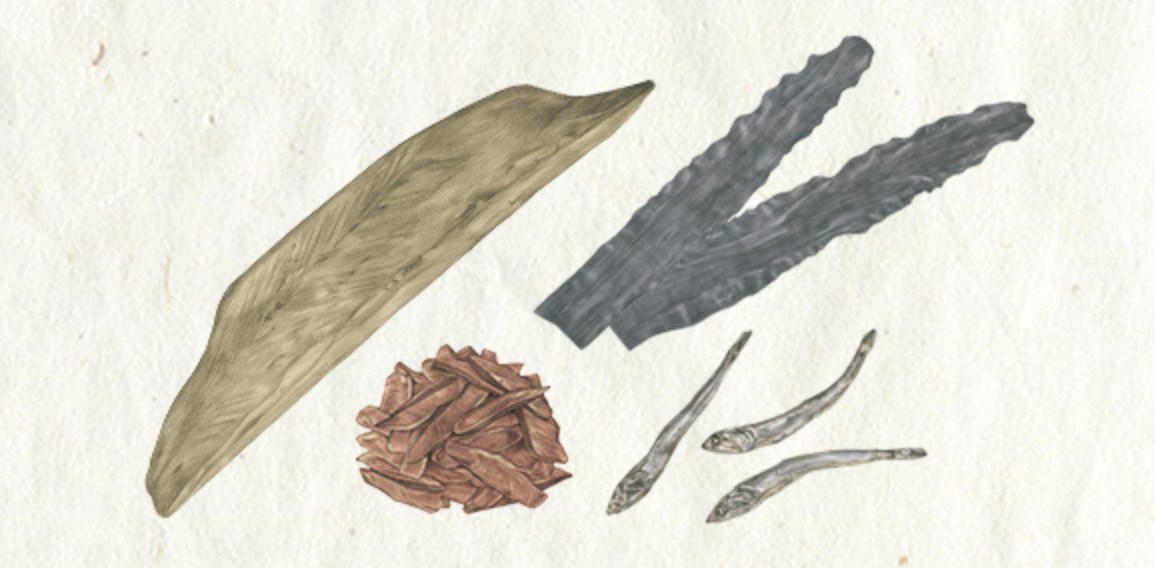Soba Kokyu's commitment to completely home-milled buckwheat flour
[① Pursuing simple and refined deliciousness]
"The best thing is to treat high-quality ingredients with care,"
and we are committed to home-milling buckwheat flour. We have set up a
separate flour mill next to the store. Inside the facility is a large low-temperature
warehouse, where we vacuum-store Hitachi Autumn Soba, purchased from contracted
farmers in Ibaraki, in aluminum bags to prevent oxidation, and strive to
maintain quality.
[② Milled in a stone mill with care for flavor]
Buckwheat seeds carefully selected with a sorting machine are peeled of
the husks and cut into whole kernels, just as much as will be used that
day. The light green skin on the surface is the "amakawa". The
kernels are ground as slowly and carefully as possible with an electric
stone mill. By grinding slowly with a stone mill, frictional heat is reduced,
and buckwheat flour that retains its flavor and aroma is produced.
[③ Knead the noon
soba from early in the morning, and the evening soba in the evening]
Buckwheat seeds carefully selected with a sorting machine are peeled of the husks and cut
into whole kernels, just as much as will be used that day. The light green skin
on the surface is the "amakawa" (sweet skin). The kernels are ground
as slowly and carefully as possible in an electric stone mill. By grinding
slowly in a stone mill, frictional heat is reduced, resulting in buckwheat
flour that retains its flavor and aroma.
[④ Unlimited commitment to the soup stock]
For the dashi, we use carefully selected honkared bonito flakes, honkared
mullet flakes, and honkared mackerel flakes from Makurazaki. In addition,
we use natural aged soy sauce that is made over a period of more than two
years.
In addition, we change the flavor of the soup stock for each type: mori tsuyu, kake tsuyu, and bukkake tsuyu. By changing the way the dashi is added, we strive to create a flavor that never gets old.
